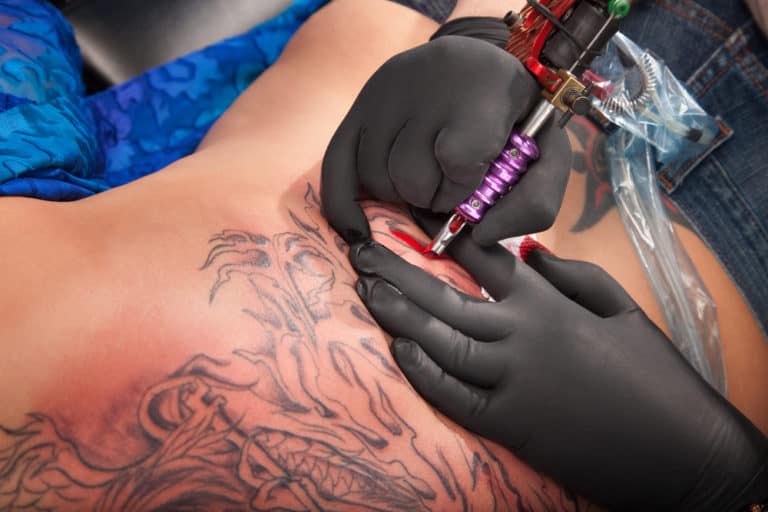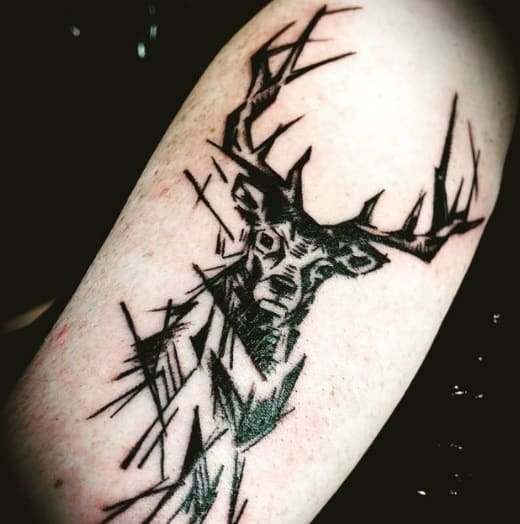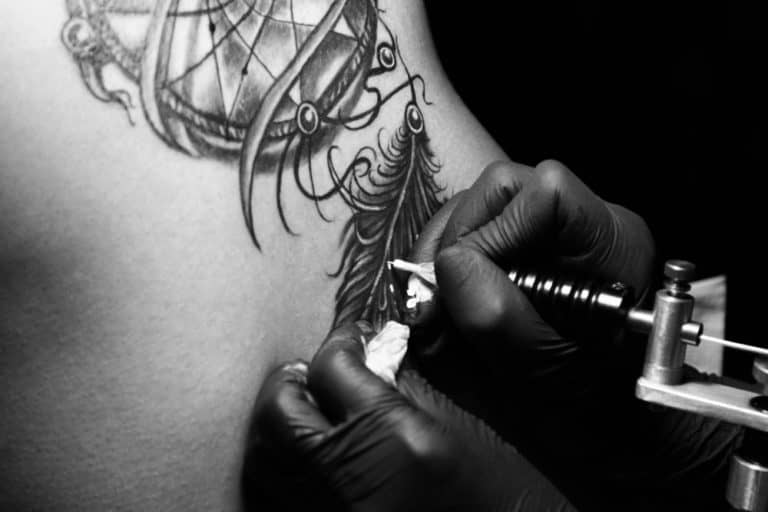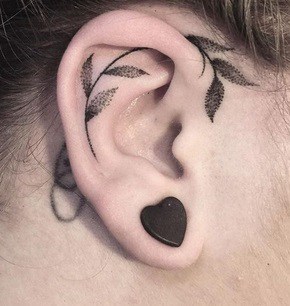Do All Tattoos Bleed?
Tattoos can bleed in two different ways. When the tattoo needles pierce your skin, they cause minute tears in the little veins running through it. Blood then seeps out of the damaged skin. But tattoo ink itself can bleed under the topmost layer of the skin in what is known as a “blowout.”
All tattoos usually bleed for a bit because the needles pierce through the epidermis into the dermis, where there are many tiny blood vessels. It isn’t normal if the ink itself bleeds beneath the skin’s surface, blurring the lines of the tattoo. It spoils the tattoo and resembles a permanent bruise.
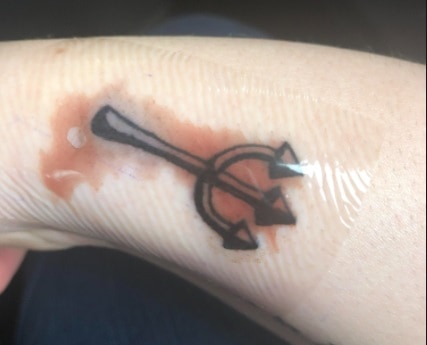
If you dared to watch while you were being tattooed, you would have noticed that the artist periodically uses a wipe to clear the site. He is not only wiping away the extra ink but also the blood and plasma oozing from your skin. The tattooing process penetrates the dermis, the skin layer below the epidermis, which contains hundreds of small blood vessels called capillaries.
Why Does A Tattoo Bleed?
A tattoo bleeds because the needles are piercing the small blood vessels beneath the surface of your skin. How much it bleeds depends on several factors. The most common reasons for more than the usual amount of blood oozing from a tattoo are –
- You have a bleeding disorder
- You are on blood-thinning medications
- You bruise more easily than other people
- The site of the tattoo has a larger number of blood vessels beneath the skin
- You have taken ibuprofen or other painkillers shortly before receiving the tattoo
- You have consumed alcohol shortly before being tattooed

Everyone’s body is different. Blood clotting factors, such as platelet counts, vary between individuals even if they are healthy. The same individual might bleed a lot from one tattoo site but not another. It depends on how the blood vessels are distributed through the skin and blood pressure variations between the two areas.
The amount of blood loss from a tattoo is usually minimal, and you are never at risk of bleeding out unless you have some extremely rare medical condition. Some tattoos barely bleed at all, especially the tiny ones.
If you take blood-thinning medication or painkillers after being tattooed, this may extend the bleeding time. The body’s natural clotting and scabbing processes eventually stop the bleeding. The size and position of the tattoo affect the amount of bleeding that occurs.
How Long Should A Tattoo Bleed?
It is typical for the tattooed area to leak a mixture of ink, plasma, and blood for around 24 hours after the tattoo has been done. Having said this, some people may experience bleeding for up to 36 hours, while others may experience bleeding for less than 24 hours. A lot depends on your genetics, the state of your health, the type of medication you take, and whether you use illegal drugs.
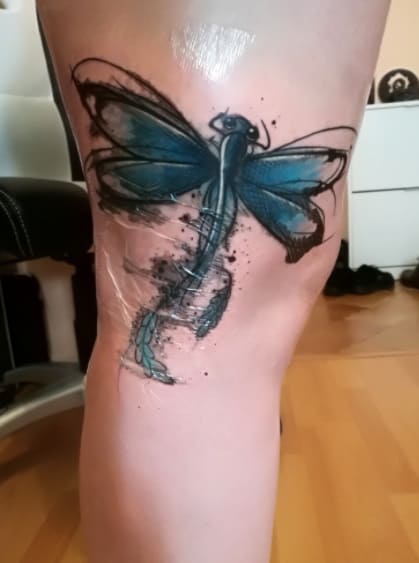
If your tattoo is bleeding, gently blot the blood, ink, and plasma seeping from the tattoo with a damp paper towel. If you rub or press down hard on the tattoo, you could damage it.
If the site continues to ooze after 48 hours, you should immediately consult a doctor.
Depending on your tattoo’s location, vigorous exercise too soon afterward could disrupt the healing process in the skin and prolong bleeding. It is essential to follow your tattoo artist’s advice regarding sports, gym, and other hectic physical activity after receiving a tattoo. You shouldn’t swim in the sea or a pool after a recent tattoo as this could lead to infection.
The tattooist will also give you instructions on how to cleanse and moisturize your tattoo. If you don’t follow these instructions or try to clean it with harsh substances like rubbing alcohol or hydrogen peroxide, it may bleed for longer. You should also not put the tattoo under running water until it has stopped bleeding or wipe it with a washcloth or towel.

You may have a bleeding disorder that you are unaware of, and this could also prolong bleeding. If you know you have such a condition, you should not get a tattoo without first consulting your doctor to see if it is safe and whether there are extra precautions you must take before and after being tattooed.
If an infection develops, the bleeding may not stop when it should. You should examine the tattoo site to see if it is very red or swollen or looks unhealthy. Intense itching could be another sign that all is not as it should be. If your immune system is compromised due to a disease or genetic condition, this could increase the possibility of infection at the tattoo site.
Why Does Tattoo Ink Bleed?
When the ink spreads out under the skin from around the tattoo lines, this is called a blowout. You may not notice it immediately after the tattoo, but it will become evident in the following days. A blowout causes blurring of the tattoo as the ink moves out beyond its edges.
The tattoo takes on a smudged appearance, and to some people, it may even look like there is bruising around it. Not all tattoos bleed ink like this, and using a reputable, experienced artist reduces the chances of it happening. Blowouts are not that common.
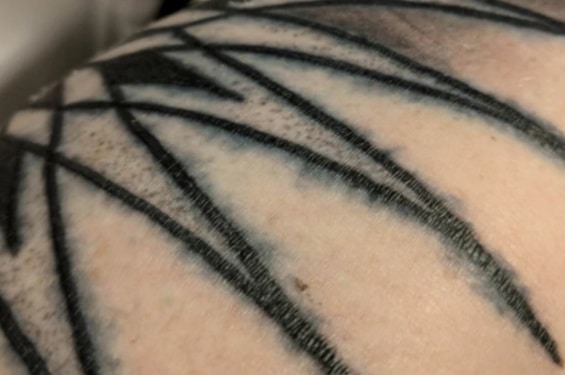
A blowout can occur if the tattoo artist penetrates too deep into the skin when applying the ink. There’s a layer of fat just below the skin, and the ink spreads out in this layer. However, it is not necessarily always the artist’s fault.
Certain parts of the skin are more susceptible to blowouts than others. The skin over joints such as wrists, ankles, feet, fingers, and toes is often thinner than in other areas of the body and cannot absorb or hold as much ink. Also, this skin is very mobile because it stretches over the joints as they move.
A tattooist needs to work on a flat, even surface without any wrinkles and may have to slightly stretch the skin in these areas to inject the ink, which may be why they are more susceptible to a blowout. The bones under the skin are close to the surface, making tattoos over joints more difficult.

It is unusual for a blowout to occur on areas of skin that are thicker or not very mobile such as the chest or thigh. If the tattoo artist stretches or twists the skin too much during the tattooing process, or if you stretch or twist the skin too soon after being tattooed, you could get a blowout.
The angle at which the tattoo needles enter the skin is another possible cause of blowouts. If the angle is too steep, this can increase the likelihood of the ink leaking into nearby areas of skin around the tattoo. It is possible for bruising to occur after a tattoo, so don’t immediately think you have a blowout. Bruising will clear up after a few days while a blowout is permanent.
Can You Fix A Blowout?
It isn’t possible to remove the ink that has bled out around the tattoo. Nevertheless, there are a few ways of dealing with the problem. If you want to keep the tattoo but eliminate the signs of the blowout, it is possible to achieve this with careful laser treatment. Success depends on the extent of the blowout and the density of the tattoo.
If you are not set on keeping the tattoo as is, you could have it covered up with another design over the same spot. This requires a degree of skill on the artist’s part, so it is advisable to go to a reputable one that will do a good job. If the artist who did the original tattoo wasn’t that experienced and poor technique is the reason for the blowout, you might be better off going to a different one.
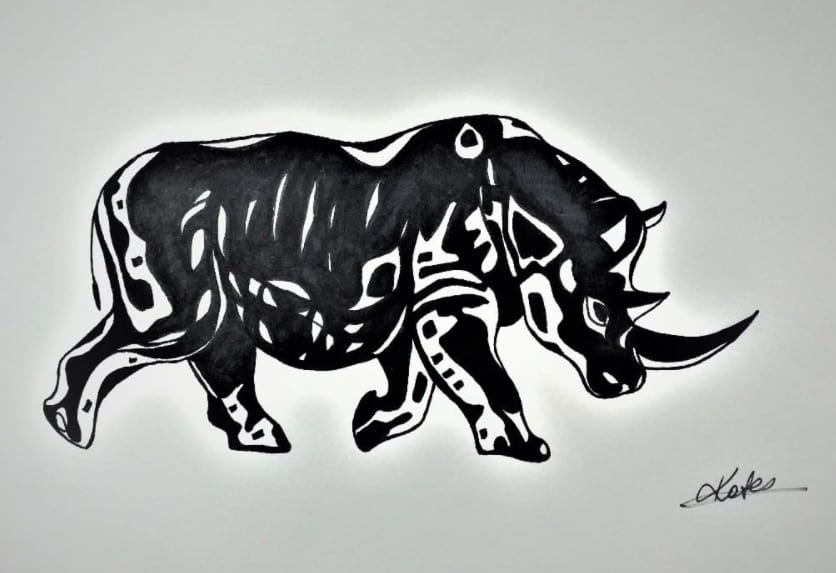
If the tattoo is relatively small, an artist can add a few embellishments to the tattoo, leaving the original one in place but covering up the areas where the ink has bled. In this case, only a few minor adjustments may be necessary to improve the tattoo.
The third possibility is removing the tattoo entirely. Depending on the tattoo size, this can be an expensive and painful process requiring several sessions.
Conclusions
All tattoos bleed, some more than others and some for longer than others, but the bleeding is not severe. It usually stops within a few days as the healing process takes hold. Not all tattoos bleed ink into the surrounding skin, leading to a blowout. If you use an experienced tattoo artist and take his or her advice regarding the tattoo placement, it should be fine.


